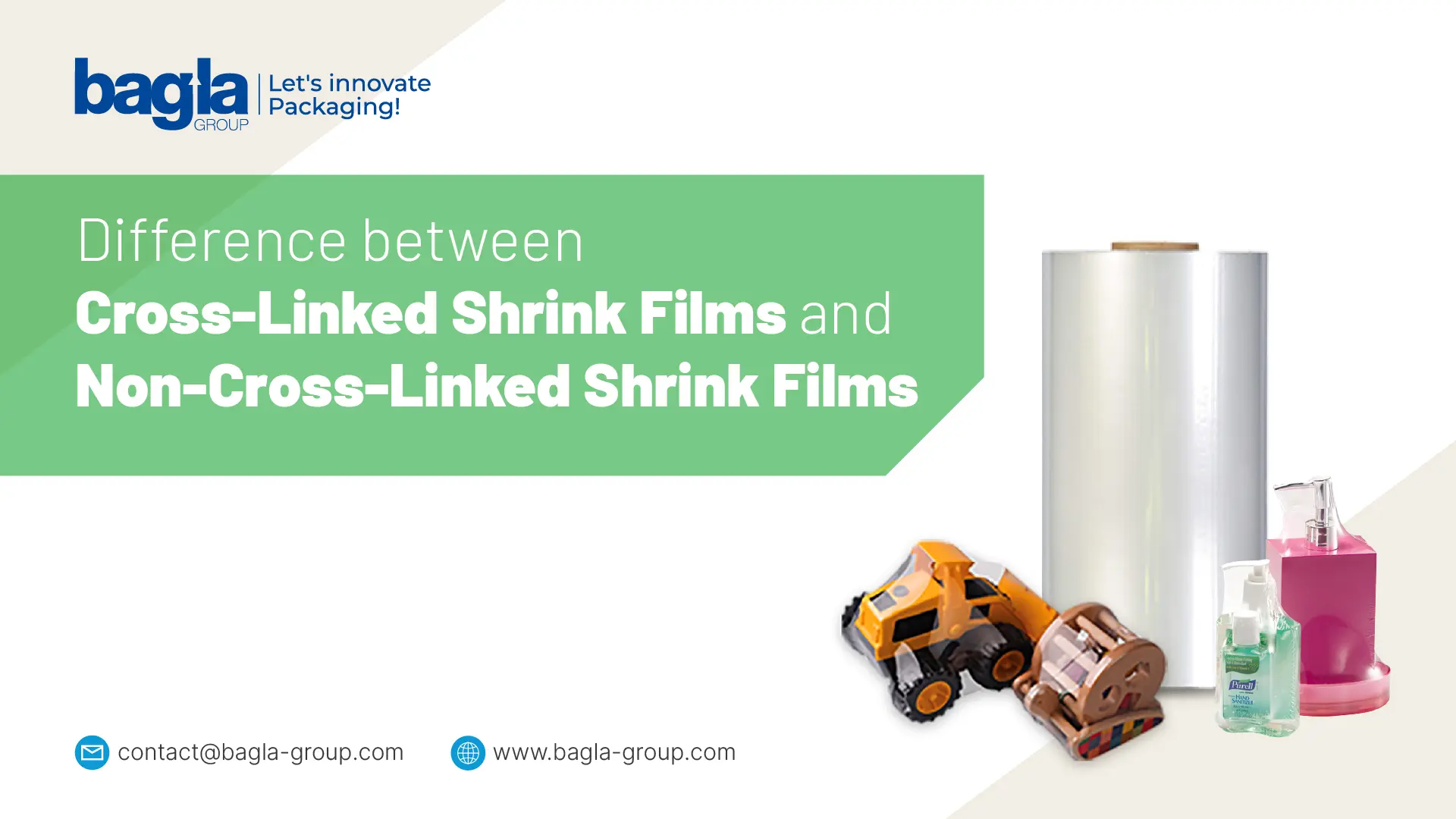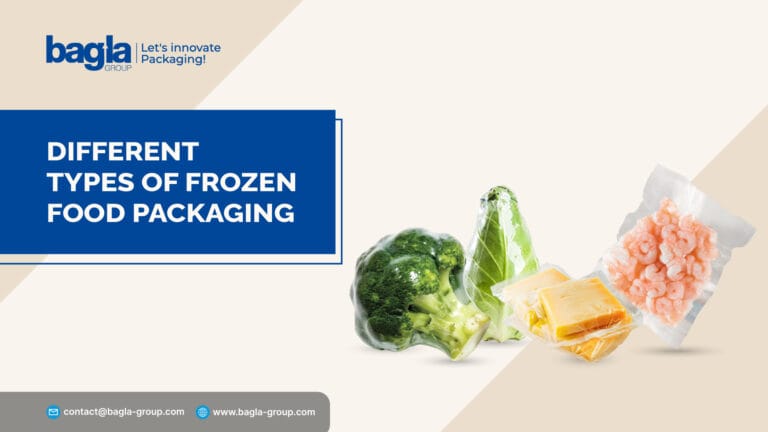Selecting the right type of shrink film now makes a notable difference in the protection, security, aesthetics, and cost of the product in the modern packaging industry. The two most common shrink film options include cross-linked and non-cross-linked shrink films. While the base function of both types of shrink films is to secure and protect products, the properties, performance, and applications of the shrink films may differ.
This article will explore the difference between cross-linked shrink films and non-cross-linked shrink Films, as well as the advantages and applications of both shrink films.
What Are Shrink Films?
Shrink films are polymeric materials that shrink upon application of an external heat source and then wrap the finished product tightly around it. Shrink films are used in a variety of packaging applications in many
What Are Cross-Linked Shrink Films?
Cross-linked shrink films (polyolefin shrink films) have cross-linking that provides additional clarity, toughness, and heat resistance. The cross-linked polymers give added strength and stability when the film is in use and under tension.
What Are Non-Cross-Linked Shrink Films?
Non-cross-linked films are regular polyolefin shrink films without any molecular linking. The films are functional, but lack the toughness and clarity of cross-linked films.
Key Difference Between Cross-Linked and Non-Cross-Linked Shrink Films
While both cross-linked and non-cross-linked shrink films are used to wrap and protect products, they differ in performance, durability, and cost. These differences help determine which film is better suited for specific packaging needs.
1. Strength and Durability
- Cross-linked: Extremely durable and offers excellent tear and puncture resistance.
- Non-cross-linked: More flexible and less durable. However, it is fine for typical products that don’t contain sharp or heavy parts.
2. Shrinkability & Fit
- Cross-linked: Has a tighter shrunken ratio that enables a tighter wrap on irregular or complex shapes while ending up smooth.
- Non-cross-linked: Has a looser shrunken ratio and would not work for uneven shapes, but the material is fine for standard wrapping.
3. Heat Resistance
- Cross-linked: Can withstand higher temperatures, therefore can be used in higher heat-challenged packing or conditions.
- Non-cross-linked: Does not tolerate temperature and therefore should not be used in warmer conditions.
4. Cost
- Non-Crosslinked: More affordable and ideal for basic applications.
- Crosslinked: More expensive related to the extra processing, although the performance improvement will pay back the cost.
5. Clarity & Finish
- Crosslinked: More clarity and gloss that provides a high-end, quality look.
- Non-Crosslinked: Acceptable clarity and a little softer finish – a good fit for most common applications.
Advantages of Non-Cross-Linked Films vs. Cross-Linked Films
Here are the key benefits of choosing non-cross-linked shrink films over cross-linked options:
| Feature | Non-Cross-Linked Films | Cross-Linked Films |
|---|---|---|
| Cost | More economical, budget-friendly | Higher cost due to enhanced processing |
| Flexibility | Good flexibility for everyday packaging | Stiffer but stronger |
| Ease of Sealing | Easy to seal on standard machines | Requires precise temperature control |
| Suitable For | Lightweight, regular products | Heavy, sharp, or premium products |
| Availability | Widely available in multiple gauges | Available in specific premium grades |
Choose Bagla Group For Shrink film wrap
Bagla Group is a recognized name for packaging solutions, providing a diverse line of POF shrink films, adhesive tape, and industrial packaging products. The Bagla Group line of POF shrink films includes:
- WrapTek Ultra– a cross-linked POF film is advertised as a superior value to PVC
- WrapTek Bio– a biodegradable and environmentally safe shrink film
- WrapTek Tough-a shrink film engineered for heavy and sharp items.
All of the Bagla Group’s POF shrink films are transparent and durable for shrink packaging. The shrink-wrapped creates an aesthetic solution specifically for products that provide the option of biodegradable functionality for sustainability.
Conclusion
Both cross-linked and non-cross-linked films are extremely valuable in the packaging industry today. Cross-linked films achieve the best strength, clarity, and performance required for more demanding applications, whereas a non-cross-linked film may not provide sufficient performance. Non-cross-linked films can be a more cost-effective and practical option for standard packaging applications.
When selecting shrink films, understanding the differences between cross-linked and non-cross-linked films will improve efficiency, product protection, and product display by using the right film for your application.
FAQs
Which shrink film is ideal for packaging lines that pack quickly?
Cross-linked shrink films are the better option in fast automated packaging applications due to the higher seal strength across a variety of shrink properties.
Are non-cross-linked shrink films cheaper?
Yes. Non-cross-linked shrink films are cheaper in general and recommended for lighter products and lower volume packaging.
Are cross-linked shrink films a reduction in packaging waste?
Yes. Because cross-linked films are stronger in general than non-cross-linked shrink films, you can use thinner gauges without compromising product protection, which will help the customer save.


